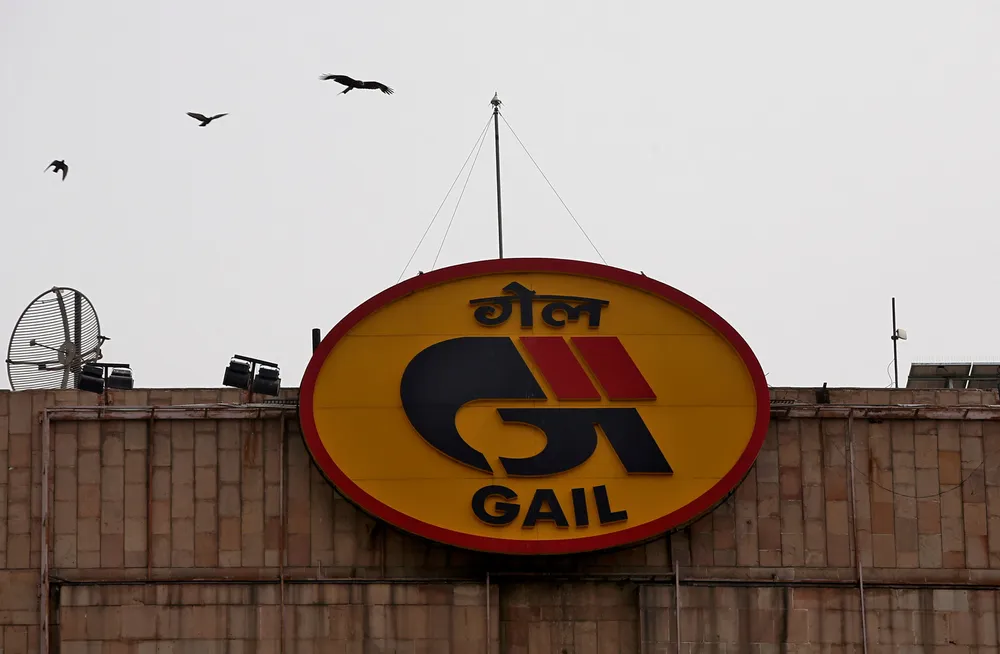Hydrogen ambition: Gail launches tender for India's largest electrolyser
Unit capable of producing green hydrogen could be delivered in as little as 12 months, but where it will be installed or how it will be powered remains a mystery

Unit capable of producing green hydrogen could be delivered in as little as 12 months, but where it will be installed or how it will be powered remains a mystery
